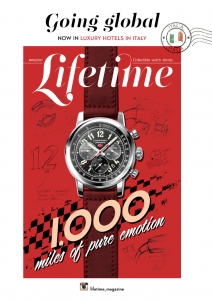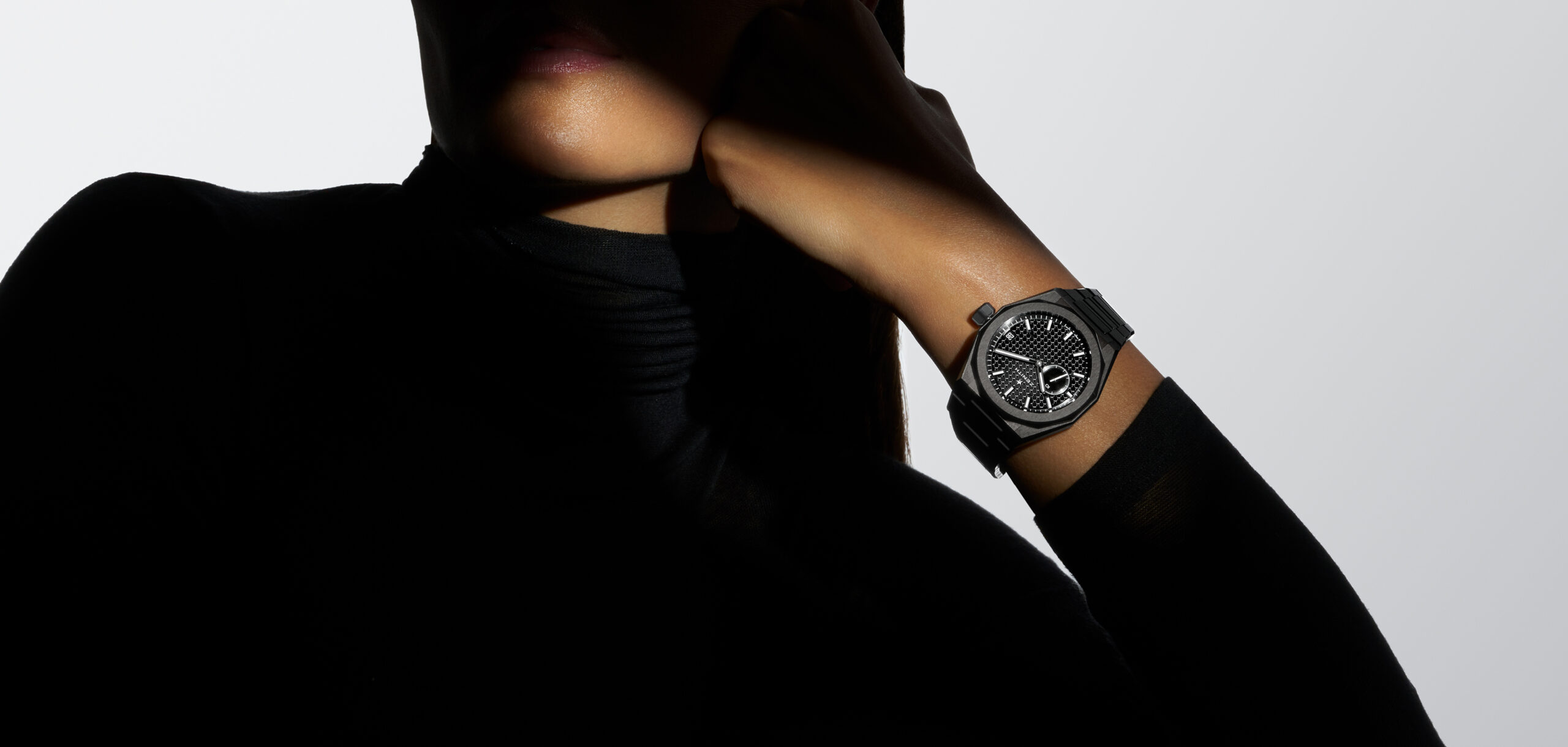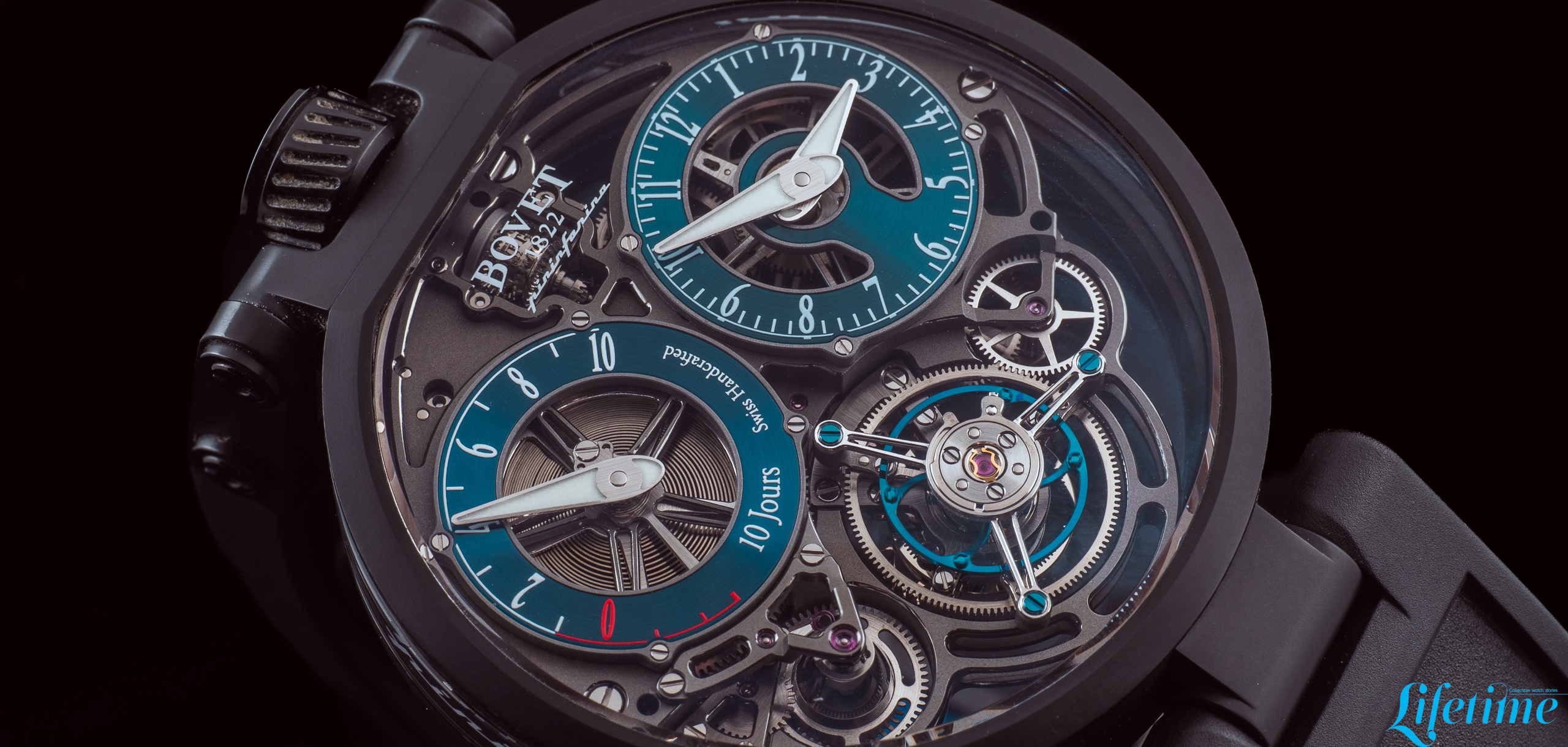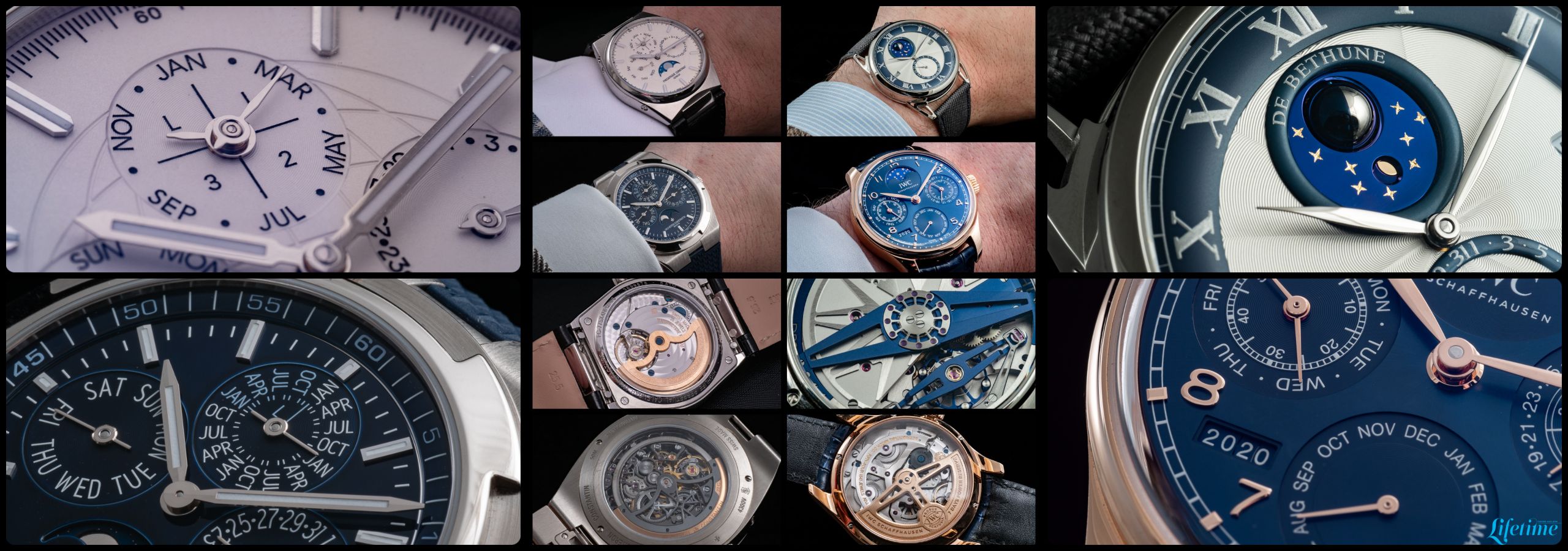What kind of watch for this kind of audience?
Fortunately, the preconceived notions that women only like the colour pink, mother of pearl, flowers on the dial, and diamonds in a quartz watch are being forgotten (a little slowly, but that’s always the case).
I have nothing against pastels, mother of pearl or diamonds, and I am not, by any means, an enemy of quartz watches – I have several of them too (they are perfect for the summer, walking the dog or going away for the weekend). Unfortunately, though, for decades women have been told that quartz watches are better for them.
The most common argument was that you don’t have to remember to wind them up. I don’t recall any scientific research showing that women have worse memory than men or that they are naturally lazier, which is why I’ve always been irritated by a sentence that until recently, everyone from marketeers to boutique salespeople used to repeat: “a quartz watch is the best option for women”. It seems that when quartz watches appeared in the world, women became infantile and too stupid to appreciate the beauty of precision mechanics.
For as long as I can remember, the women in my family have always had mechanical watches: my grandmother and mother wore the once fashionable, very small, hand-wound models that were always difficult to read, but somehow it didn’t bother them. I didn’t want to wear small, ultra-feminine jewellery, so I used my first paycheck during my holidays to buy a hand-wound Ruhla watch, which large for those times. Later, when I became professionally involved in this industry, I couldn’t find anything for myself in the “women’s department”, so I only bought men’s watches.
Some changes have been visible on the horizon for several years. Manufacturers know that women are still an untapped part of the market, especially in the luxury watch segment, but they still apply the old rules, i.e. making men’s models smaller and decorating them with diamonds. They explain it by looking at the number of watches sold: apparently men buy more, which is why they are treated more seriously as customers. But boutiques are not always a reliable source, because if something is not available (i.e. watches that women would actually want to buy), it cannot be sold. Squaring the circle.
Recently, in honour of International Women’s Day, Chrono24.com published an interesting sales analysis summarising the last five years. The “Her-ology Insights” report shows that women’s purchases on this website were broken down as follows: 32% quartz, 58% automatic, and 10% hand-wound (in total, 68% of these were mechanical watches).
Interestingly, women bought watches made of precious metals twice as often as men. And when it comes to their favourite brands, the number one is Chanel, followed by: Cartier, Chopard, Bulgari, Ulysse Nardin, Piaget and Rolex. In the case of Rolex, it can be considered the universal leader chosen by both women and men (almost every third watch bought by women is a Rolex; this brand accounts for more than half of total expenditure).


According to Chrono24.com, since 2019, large watches with a diameter of 40 mm and larger have increased their share among women by as much as 25% (now they account for 32% of purchases). At the same time, men are increasingly choosing smaller sizes.
Additionally, women are more open to different case shapes, which suggests a riskier approach to the aesthetics of watches (for example, 8.9% choose rectangular models. For comparison, only 3.6% of men choose such watches).


How about that, then? Still surprised? As you can see, the watches women want do not have to fit the stereotype. So, the next time one of us comes to the service centre to adjust the strap of our large mechanical watch, we would prefer not to hear questions like: “is that your husband’s watch?”.
Share this article
LEAVE A COMMENT
You must be logged in to post a comment.









